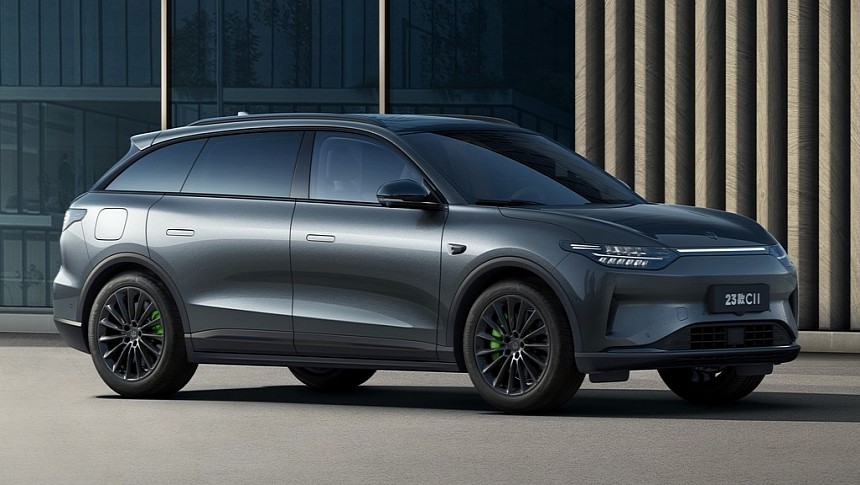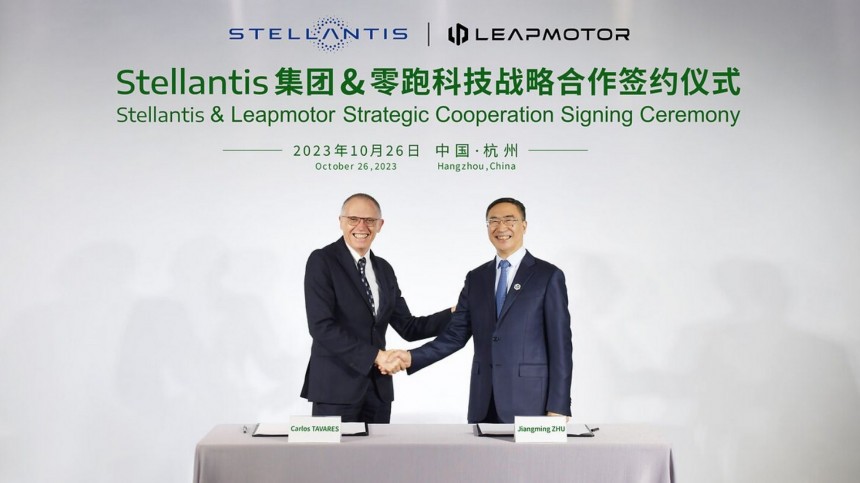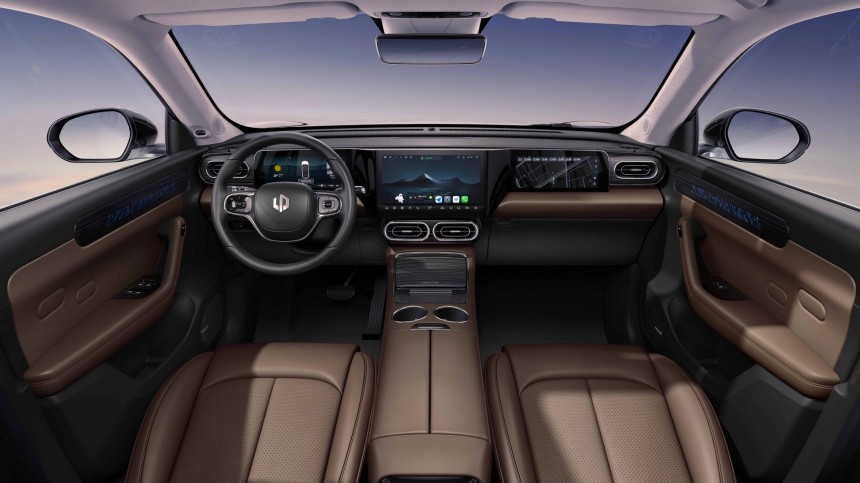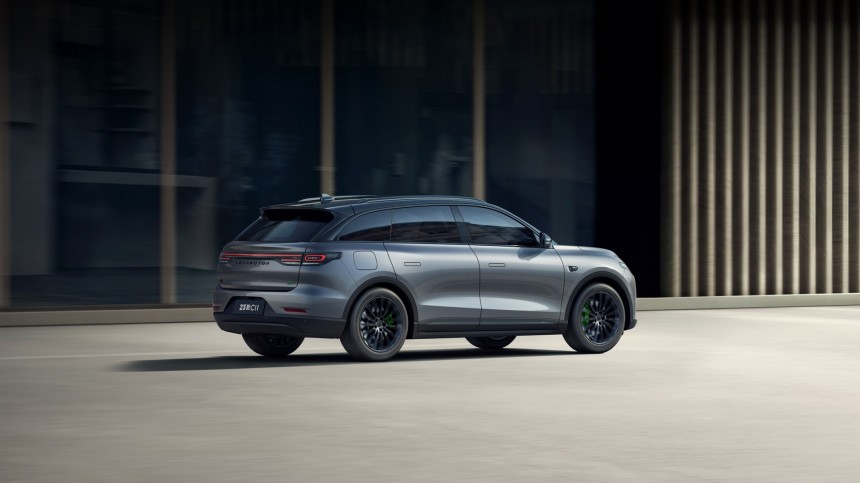Leapmotor. Talk about anywhere but China and people will look at you with a massive question mark on their faces. Mention it in China, and most people will tell you about the C11 and how the company is selling reasonably well there. That starts to explain why Stellantis made a deal with this Chinese carmaker and why this arrangement is more important than it may seem.
The companies that are now under the Stellantis umbrella have tried multiple times to have a good presence in the world's largest market and failed in all of them. In July 2009, Fiat created a joint venture with Guangzhou Automobile Corporation (GAC), a state-owned automaker. In June 2009, the Italian automaker had already purchased a stake in Chrysler that would eventually lead to the creation of Fiat Chrysler Automobiles (FCA).
The joint venture never had a commercial success. It has even tried to sell a hatchback version of the 2013 Dodge Dart as a Fiat there – called Ottimo – but it did not work. In 2019, FCA became Stellantis when it merged with the PSA Group. In 2022, Carlos Tavares tried to fully control the GAC Fiat Chrysler joint venture, which GAC refused. That led to the bankruptcy of that company. Nowadays, Stellantis has only one joint venture in China called Dongfeng Peugeot-Citroën. It has developed the CMP platform. In its electric version – the eCMP – it is currently crucial for Stellantis entry-level electric vehicles.
That may have been the moment when Stellantis realized it would need Chinese help to make convincing progress when it comes to electric vehicles. Sadly, the Citroën and Peugeot products made in China are not that popular. The giant automaker may have realized it does not need to commercialize its own products in China: it just has to sell well there, regardless of the badge its vehicles use.
The Leapmotor deal will make Stellantis put €1.5 billion ($1.584 billion at the current exchange rate) in the Chinese company. The investment's goal is to buy a 20% stake in it and have two seats on the Board of Directors. On top of that, the companies created the Leapmotor International joint venture, which has exclusive rights for manufacturing, selling, and distributing Leapmotor vehicles outside China. Stellantis controls it in a 51%/49% arrangement.
The two companies said that the Leapmotor lineup is complimentary to Stellantis' new energy vehicle (NEV) offerings, but the advantages of the deal go way beyond that. Stellantis knows very well how to sell a vehicle in Europe and America. It has thousands of dealers on these continents; it knows the customers and how to address them. Leapmotor's best-seller is the C11, but the company lacks the scale – and probably the money – to reach larger audiences, both in China and abroad.
That said, the money injection from the European titan will help Leapmotor expand production, sales, and its lineup in a market it knows well. On the other hand, Stellantis will have a rather successful brand to sell in its main markets, one that even shares Carlos Tavares' vision for NEVs: above all, they must be competitively priced.
The company's new platform is called LEAP 3.0, and it can underpin battery electric vehicles (BEVs) and extended-range electric vehicles (EREVs). The latter are cars powered solely by electric motors that also have combustion engines to make them travel further if the energy in their battery packs is not enough. Li Auto only sells this kind of vehicle, and it is doing pretty well in China. Leapmotor needs a little help.
In September, Zhu Jiangming told Reuters that he knew the company needed to multiply its sales by at least five to survive the consolidation of the BEV industry the Chinese government is promoting. The Leapmotors founder and CEO wanted to reach at least 500,000 units per year; in 2022, his company sold only 111,000 vehicles. Curiously, he said that China alone would not allow Leapmotor to achieve that goal. Although it is the world's largest market, it is also one of the most competitive ones.
It would not surprise anyone if Stellantis eventually bought the Chinese brand and turned Zhu into a Stellantis shareholder. For the Chinese businessman, it probably sounded like a better idea to have a percentage of something significant than to control 100% of a company in danger. As Leapmotor is a private company, Carlos Tavares would also have no reason to complain about political interferences, as it happened with GAC.
According to Bloomberg, the Stellantis CEO said he had "been seeing over the last few years more and more political interference in the world of business in China." He also said that the competition with Chinese brands in the electric car world would be a "terrible fight." Shortly after signing the deal with Leapmotor, Tavares criticized the European Commission probe to determine if Chinese automakers have unfair competitive advantages in BEVs.
According to Reuters, Tavares said: "We like competition. To start a probe is not the best way to tackle those questions." It would be enlightening to hear his suggestions to make the dispute with Chinese brands an even field, especially now that Stellantis has one of them to distribute worldwide.
The joint venture never had a commercial success. It has even tried to sell a hatchback version of the 2013 Dodge Dart as a Fiat there – called Ottimo – but it did not work. In 2019, FCA became Stellantis when it merged with the PSA Group. In 2022, Carlos Tavares tried to fully control the GAC Fiat Chrysler joint venture, which GAC refused. That led to the bankruptcy of that company. Nowadays, Stellantis has only one joint venture in China called Dongfeng Peugeot-Citroën. It has developed the CMP platform. In its electric version – the eCMP – it is currently crucial for Stellantis entry-level electric vehicles.
That may have been the moment when Stellantis realized it would need Chinese help to make convincing progress when it comes to electric vehicles. Sadly, the Citroën and Peugeot products made in China are not that popular. The giant automaker may have realized it does not need to commercialize its own products in China: it just has to sell well there, regardless of the badge its vehicles use.
The two companies said that the Leapmotor lineup is complimentary to Stellantis' new energy vehicle (NEV) offerings, but the advantages of the deal go way beyond that. Stellantis knows very well how to sell a vehicle in Europe and America. It has thousands of dealers on these continents; it knows the customers and how to address them. Leapmotor's best-seller is the C11, but the company lacks the scale – and probably the money – to reach larger audiences, both in China and abroad.
That said, the money injection from the European titan will help Leapmotor expand production, sales, and its lineup in a market it knows well. On the other hand, Stellantis will have a rather successful brand to sell in its main markets, one that even shares Carlos Tavares' vision for NEVs: above all, they must be competitively priced.
In September, Zhu Jiangming told Reuters that he knew the company needed to multiply its sales by at least five to survive the consolidation of the BEV industry the Chinese government is promoting. The Leapmotors founder and CEO wanted to reach at least 500,000 units per year; in 2022, his company sold only 111,000 vehicles. Curiously, he said that China alone would not allow Leapmotor to achieve that goal. Although it is the world's largest market, it is also one of the most competitive ones.
According to Bloomberg, the Stellantis CEO said he had "been seeing over the last few years more and more political interference in the world of business in China." He also said that the competition with Chinese brands in the electric car world would be a "terrible fight." Shortly after signing the deal with Leapmotor, Tavares criticized the European Commission probe to determine if Chinese automakers have unfair competitive advantages in BEVs.
According to Reuters, Tavares said: "We like competition. To start a probe is not the best way to tackle those questions." It would be enlightening to hear his suggestions to make the dispute with Chinese brands an even field, especially now that Stellantis has one of them to distribute worldwide.












